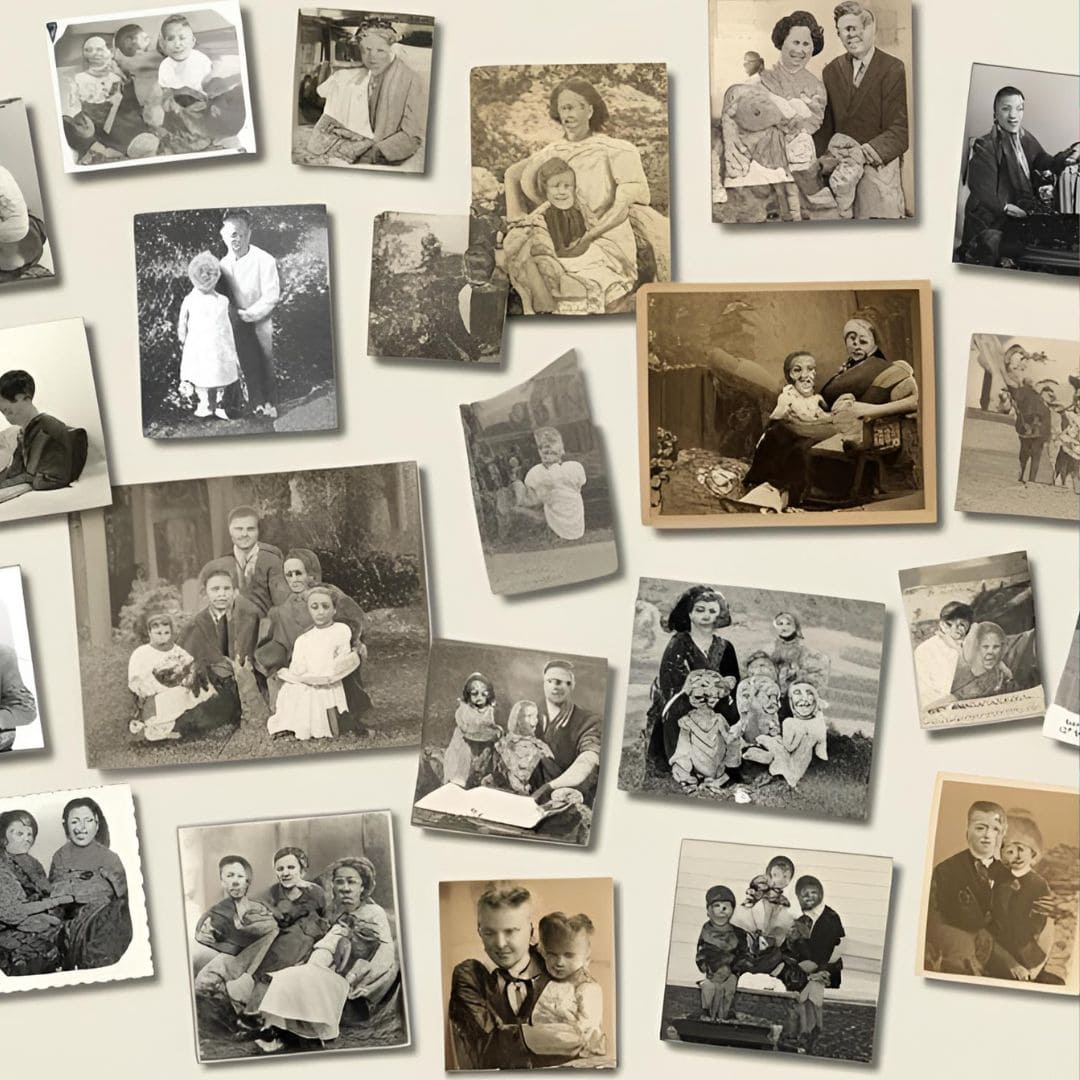Family memories are priceless — they capture the essence of who we are and where we come from. But as we digitize photos, videos, and stories, it’s easy for things to get a little chaotic. Suddenly, you have hundreds (or thousands!) of files scattered across devices and drives. How do you keep everything organized and easy to find?
With a little planning and the right tools, you can create a beautiful, organized digital archive that keeps your family’s history alive and accessible. Let’s dive into this practical step-by-step guide to organizing your family’s digital treasures!
Create Thematic Folders
First things first: structure is everything. Start by setting up thematic folders that make sense for your family collection. Think of folders as virtual photo albums — each one telling a specific part of your story.
Here are some ideas to get you started:
- By Decade: “1950s Memories,” “1970s Family Vacations,” etc.
- By Event: “Weddings,” “Birthdays,” “Graduations.”
- By Family Branch: “Smith Family,” “Johnson Side.”
- By Individual: “Grandma Rose’s Photos,” “Dad’s Military Service.”
Creating clear, easy-to-understand folders helps everyone in the family navigate and enjoy the archive without getting overwhelmed.
Pro tip: Keep folder names simple and consistent. Avoid using special characters (like #, %, &), which can sometimes cause issues when transferring files between devices.
Name Files Clearly and Consistently
Next, tackle file naming — a small detail that makes a HUGE difference over time.
Instead of random names like IMG_2034.jpg or Scan123.pdf, use descriptive names that tell you exactly what the file contains.
A good format could be:
Year_Event_Name
Example:
1958_Birth_GrandfatherCarlos.jpg
1982_Wedding_AuntSarahAndUncleJames.mp4
This structure helps in two major ways:
- Files automatically sort chronologically.
- You can quickly find specific moments without opening dozens of files.
Bonus tip: If you don’t know the exact year, estimate it or use a tag like “1950s_” or “UnknownDate_”.
Use a Management Tool to Stay Organized
As your digital collection grows, it becomes harder to track everything manually. That’s where organization tools come in!
You don’t need anything fancy — even a simple spreadsheet can do wonders. Here are some great options:
- Evernote: Perfect for storing notes about family stories, document details, and linking to media files.
- Trello: Use boards and cards to categorize projects like “Photos to Edit” or “Stories to Transcribe.”
- Google Sheets: Create a master inventory of files with columns for filename, date, event, people involved, and location.
Using a digital tool helps you keep track of what’s already organized, what’s pending, and what needs backup. Plus, it makes collaboration with other family members a breeze.
Always Have a Double Backup
No matter how beautifully you organize your digital archive, none of it matters without solid backups. Technology can fail — and losing family memories is heartbreaking.
Follow the golden rule of digital preservation:
Always save in two different places.
Here’s a simple system:
- Primary backup: Store everything in a cloud service like Google Drive, Dropbox, or OneDrive. Cloud services offer accessibility and automatic version control.
- Secondary backup: Keep an external hard drive (HD) or SSD updated with your full collection. Store it somewhere safe — preferably away from your primary computer in case of accidents.
Some people even go for a third backup, like a second external drive stored at a relative’s house. A little extra caution never hurts when it comes to irreplaceable memories!
Tip: Schedule automatic backups when possible to make the process effortless.
Create a Yearly Update Calendar
Organizing your family’s digital history isn’t a “one and done” task — it’s an ongoing project. Life keeps happening, and new memories are created every day!
Set up a yearly reminder to review, update, and organize your collection. Choose a date that feels symbolic or convenient, like a grandparent’s birthday or the start of the new year.
Here’s what to do during your annual update:
- Add new photos, videos, and documents.
- Reorganize anything that feels out of place.
- Check if any links or file paths are broken (especially if you move files around).
- Review your backup systems and refresh your external drives if needed.
Making this an annual tradition keeps your archive current and saves you from facing a massive, overwhelming pile later on.
Your Family History, Beautifully Preserved
Organizing your digital family stories and photos might sound like a big task, but it’s an incredible gift to your loved ones — and to future generations. By setting up clear folders, naming files properly, using simple management tools, backing up wisely, and creating a regular update habit, you’re building a bridge between past and future.
Best of all, you’re making it easy for your family to find, share, and celebrate your collective history whenever they want.
Start today — even small steps will make a huge difference. And remember: every memory deserves a special place.









